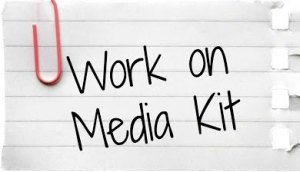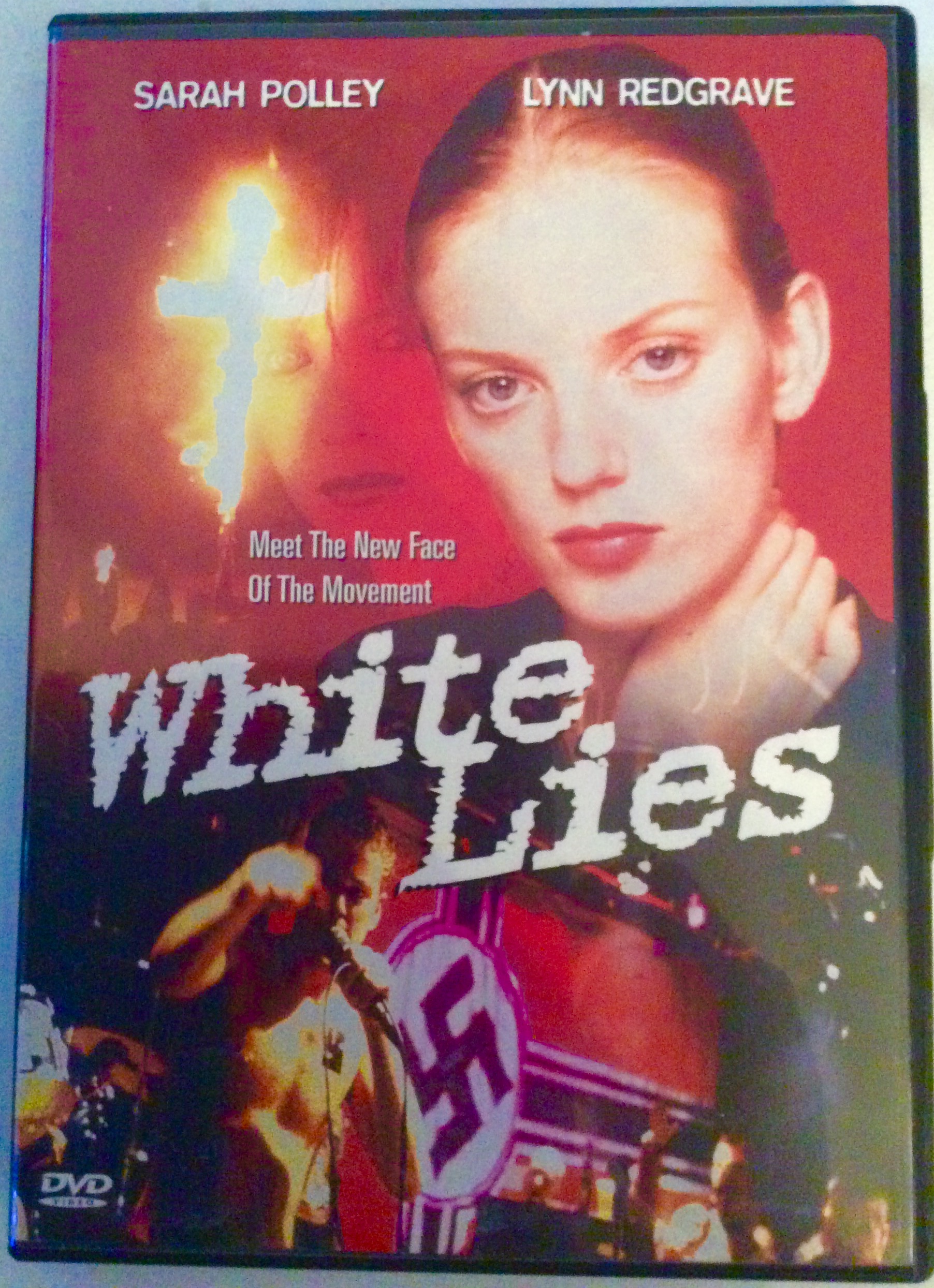 Press kits should be part of every artist’s marketing and branding program. I’m not here to sell you on why you should seriously consider putting such a kit together – the fact that you landed on this page shows me that you already know the importance of creating a ready-made document that outlines key facts and statistics about your work. That’s why I decided to tackle this subject in Part 4 of my ongoing series The Artist’s Guide to Establishing a Social Media Presence.
Press kits should be part of every artist’s marketing and branding program. I’m not here to sell you on why you should seriously consider putting such a kit together – the fact that you landed on this page shows me that you already know the importance of creating a ready-made document that outlines key facts and statistics about your work. That’s why I decided to tackle this subject in Part 4 of my ongoing series The Artist’s Guide to Establishing a Social Media Presence.
Although you can share it with readers or fans, the target audience for your media kit is, well, the media – journalists, interviewers, publishers, book retailers, as well as potential advertisers and sponsors. The kit conveys a polished, professional image of you as a writer and informs them about your Platform – the golden word of the publishing industry.
Everyone working in the arts – no matter your medium – should have a professional bio and press kit ready. Even mainstream journalists I know have their own prepared kit.
So what should you include in your Media Kit?
There are many tutorials on the web which address media kits and their importance. But in my opinion, it all boils down to three simple questions:
1. Who the heck are you?
2. Why should we care about your work?
3. Why does this book matter?
If you can answer these three questions in a friendly and professional (but not too salesy) manner, you are on your way to establishing yourself as a subject matter expert.
THE 10 MAIN COMPONENTS OF A PRESS KIT INCLUDE:
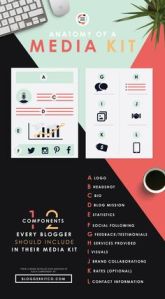 1. Biography – As part of any press kit, the first and most important thing you should have is a well-written biography of approx. 200-300 words. A professional-looking headshot is not optional – you must include a photo if you want to gain traction in your career. Make it a PDF so it maintains its formatting when you email it. The Bio should include your contact information. This is basic stuff: name and email address, and if you’re not shy about receiving phone calls, you can also add your phone number and mailing address (I recommend getting a PO Box). Basically, have some means that someone can contact you. Make sure that this information is always up to date.
1. Biography – As part of any press kit, the first and most important thing you should have is a well-written biography of approx. 200-300 words. A professional-looking headshot is not optional – you must include a photo if you want to gain traction in your career. Make it a PDF so it maintains its formatting when you email it. The Bio should include your contact information. This is basic stuff: name and email address, and if you’re not shy about receiving phone calls, you can also add your phone number and mailing address (I recommend getting a PO Box). Basically, have some means that someone can contact you. Make sure that this information is always up to date.
2. Leverage your Expertise: mention any previous awards you’ve won or publicity you have already received. Have you attended artist residencies or colonies? Include copies of any significant press clippings or tear-sheets – I provided photos of feature articles where I was interviewed, and listed scholarships I won to creative writing residencies.
3. Include a direct link to your website, portfolio and blog. I’ve harped on this before, but I can’t say it enough times: buy your own domain. It’ll only cost you about ten bucks a year and it’ll come with a professional email. If you can’t afford hosting, just point the domain to a free website where you can profile your work and establish a social media following: sites such as WordPress, Blogger, Tumblr. I discuss this process at great length in Part 1 of this series. If you have a website, you can use it to upload samples of your work, video clips, podcasts, new photos – any multimedia stuff that now becomes your calling card.
4. Artist Statement – For visual and multimedia arts, an Artist Statement is an absolutely necessary part of the business. It’s meant to allow others to understand why you are creating your art and what you are trying to achieve. Although writers don’t usually present artist statements, I’ve chosen to adopt the practice for myself. After I wrote mine several years ago, I have really appreciated how much it’s helped to define the influences and scope of my work.
 5. Exhibitions & Shows – For visual or performance artists, it’s vital that you include any exhibitions you have participated in, both group and solo, no matter how long ago or minor they might seem. Link to the galleries or theatres whenever possible, and don’t forget to include previous postcards or prints that were part of previous exhibition promotional material. Also, don’t forget to keep updating your kit as new exhibitions & shows come up.
5. Exhibitions & Shows – For visual or performance artists, it’s vital that you include any exhibitions you have participated in, both group and solo, no matter how long ago or minor they might seem. Link to the galleries or theatres whenever possible, and don’t forget to include previous postcards or prints that were part of previous exhibition promotional material. Also, don’t forget to keep updating your kit as new exhibitions & shows come up.
Writers will want to list a publication history – published books, any places where your work might have been featured, etc. Even if you’re a novelist, include any poetry and/or short fiction that might have appeared in reputable literary journals. Don’t list contributions to your friends’ blogs; list only publications that have paid you for your work.
6. Current Press Releases – This is where you unveil new work; you must keep them succinct and limited to one page. You can also list press releases announcing appearances, awards, talks and any future shows. Remember to keep them up to date, especially if your data sheet includes site and social media traffic statistics –you don’t want to keep growing your following but neglect to update your stats and reflect this growth.
7. Postcards or Bookmarks. You can get fairly inexpensive, good quality postcards that will have your book cover on one side and a brief synopsis of the book on the reverse, as well as the book’s ISBN and places where it can be purchased.
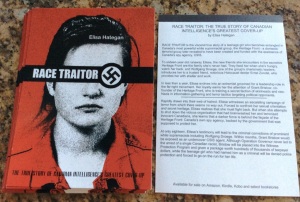
8. An Author Q&A: you can compile a short list of interview questions and responses about you and your work. This can include questions about yourself, your background and what makes you uniquely qualified, your inspiration for writing this book, your future projects, etc. This is even more useful for non-fiction titles, where your knowledge and subject matter expertise are intertwined with the value of your book.
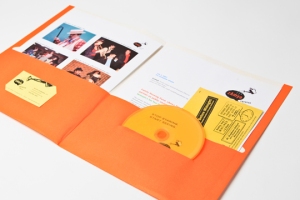 9. Reviews and Testimonials – this is pretty self-explanatory. If you’re popular and have a significant social media following (read: have 10,000+ Twitter followers or blog subscribers) don’t forget to mention it in your kit. Include positive reviews, buyer testimonials, and pretty much anything that shows that people want to hear what you have to say.
9. Reviews and Testimonials – this is pretty self-explanatory. If you’re popular and have a significant social media following (read: have 10,000+ Twitter followers or blog subscribers) don’t forget to mention it in your kit. Include positive reviews, buyer testimonials, and pretty much anything that shows that people want to hear what you have to say.
10. Sample copies: you can choose to offer samples of your book, i.e. a couple of chapters presented into a ready PDF, or full-length review copies. Personally, when I deal with establishment media I like to provide them with giveaway copies of my book in order to make sure they actually read it. This is what publishers do and it’s pretty much the modus operandi of the arts industry – for instance, recording studios give away tons of free tracks at a CD launch. This of course is highly dependent on your budget. To keep costs low, I don’t recommend giving free copies of your book to anybody but established journalists and bloggers with a significant platform.

So without further ado, I’d like to introduce my own media kit – you can browse through my kit on my website, elisahategan.com, but here is my bio in PDF: Elisa Hategan Author Media Kit.
It’s still a work in progress, in the sense that I still have to create a Q&A and add a couple of other items, but in lieu of that I might just link to a Q&A interview I did last year with a US blogger on a prominent anti-racist site.
A final word about media kit templates – you don’t have to buy an expensive template or build a bio with Photoshop. I created my Author Bio in Microsoft Word and it only took an afternoon of tweaking to achieve something I’m satisfied with. So just get creative!
Ok, I hope you find all this stuff useful and have fun putting together your own media kit!
If you enjoyed the read, please consider dropping a dollar in my Patreon donation jar 🙂
